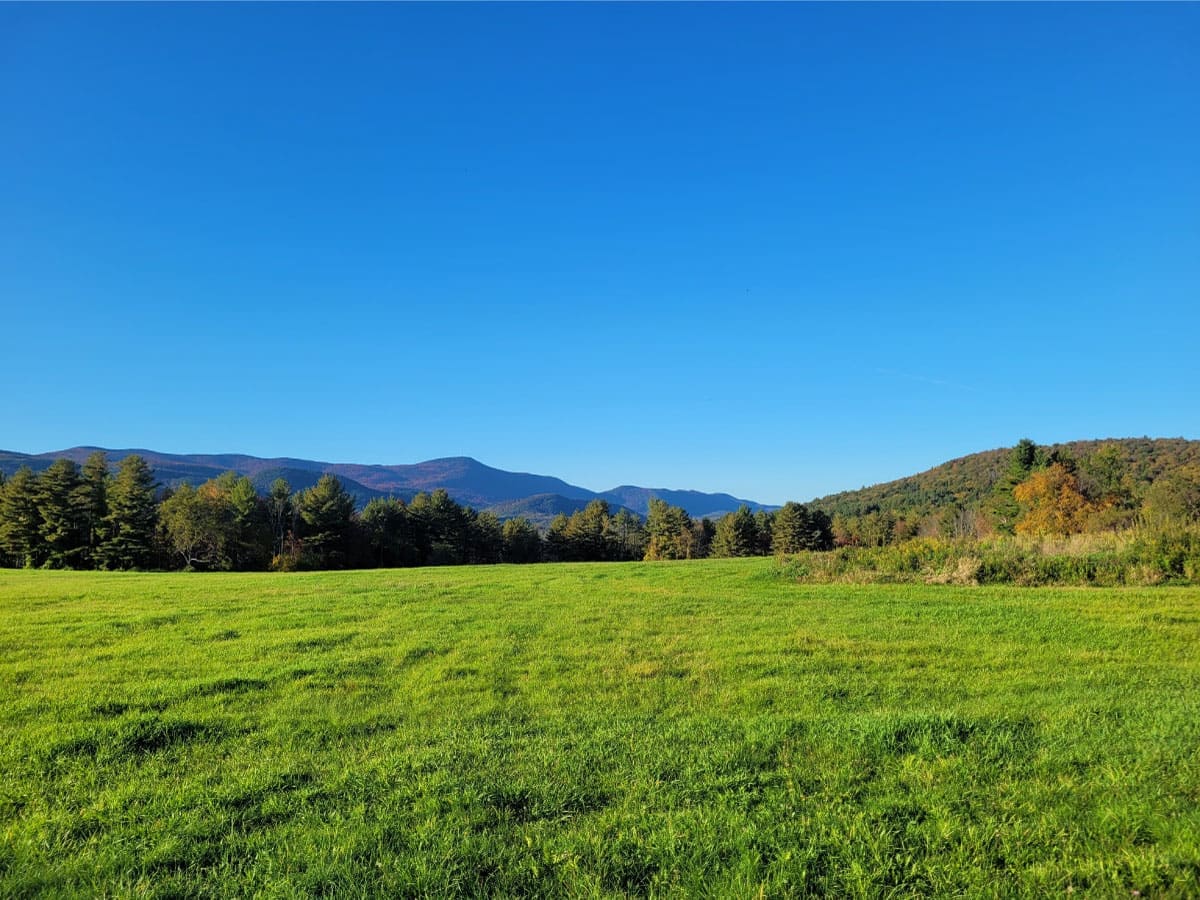Increase Public Open Space in the Commonwealth
An Act Increasing the Conservation Land Tax Credit
Bill H.2960 | 192nd General Court (2021-2022)
Committee: RevenueBy Messrs. Jones of North Reading and Pignatelli of Lenox, a petition (accompanied by bill, House, No. 2960) of Bradley H. Jones, Jr., Smitty Pignatelli and others for legislation to increase the land conservation tax credit
[‑] The Conservation Land Tax Credit (CLTC) has led to the conservation of 14,853 acres of critical natural resources in 150 municipalities. Recipients of land donations include a range of state, municipal, and conservation entities.
Bill H.2960 | 192nd General Court (2021-2022)
Committee: RevenueBy Messrs. Jones of North Reading and Pignatelli of Lenox, a petition (accompanied by bill, House, No. 2960) of Bradley H. Jones, Jr., Smitty Pignatelli and others for legislation to increase the land conservation tax credit
Land donations through the CLTC permanently protect important natural resources in the public's interest.
Land donations through the CLTC permanently protect important natural resources in the public's interest.

